In recent months, new research and public health reports have pushed for a shift in how medical authorities in the United States view Chagas disease—a parasitic infection spread by triatomine insects, commonly called “kissing bugs.” Once considered strictly a disease imported from Latin America, growing evidence suggests the U.S. has persistent local transmission and steady risk for many people living in affected regions.
A Youthful Diagnosis Brings Attention
A case in Miami helped shine a light on the issue. A high school student, after donating blood, discovered she was infected with Chagas disease. She had no strong travel history outside the U.S., prompting experts to consider how common such undiagnosed or underreported infections might be. Stories like this are adding urgency to calls for renewed awareness and better screening.
What the Science Says
- Parasite circulation: The parasite that causes Chagas disease (Trypanosoma cruzi) has been found in wild and domestic animals and kissing bug vectors across many southern states. Infected bugs and animals serve as reservoirs, meaning the parasite is maintained locally and occasionally spills into humans.
- Human cases: Autochthonous human infections—meaning infections acquired locally rather than through travel—have been documented in at least eight U.S. states. These include states like Texas, California, Arizona, Louisiana, and others.
- Geographic spread: The insect vectors (kissing bugs) are known to be present in many more states than just the ones with confirmed human cases—some estimates point to presence in over thirty states.
Why It’s Being Called “Endemic”
Scientists argue that the U.S. meets many criteria for considering Chagas disease endemic in certain areas:
- Continuous local transmission: Because local infections are occurring, and the parasite remains present in vector and animal populations, the disease is no longer just introduced from outside sources.
- Persistent presence without travel: Cases in people who have no travel history suggest the infection source is local.
- Underrecognition: Many doctors are unfamiliar with Chagas. Symptoms can be mild or resemble common illnesses, especially early on. This leads to late diagnosis—often only after serious complications have developed.
Health Impacts & Treatment Challenges
- Chagas disease often starts with mild or no symptoms. Some people may experience fever, fatigue, rash, or swelling of the eyelids (“Romaña’s sign”) shortly after infection, but many don’t realize they have it.
- Decades later, about 20-30% of infected people develop chronic complications—especially affecting the heart (cardiomyopathy, arrhythmias) or the digestive system. Once damage in these systems sets in, it can be hard or impossible to reverse.
- Treatment with antiparasitic medicines exists and is most effective in the early or acute stage of disease. However, by the time many people are diagnosed, they’re past that window.
Barriers to Awareness and Diagnosis
- Limited medical knowledge: Surveys show many physicians in affected regions have never heard of Chagas, or don’t feel confident diagnosing or managing it.
- Testing obstacles: Diagnostic tests can require multiple assays, and availability is inconsistent. False positives and ambiguous results lead some patients through long wait times or misdiagnoses.
- Public health infrastructure: Because Chagas is not widely labeled as endemic in the U.S., there has been less investment in routine screening programs, less funding for awareness campaigns, and weaker reporting requirements in many places.
What Experts Recommend
To address the growing risk, the medical and scientific community suggest several steps:
- Formal recognition of endemic status in affected states or regions, to trigger more systematic surveillance and reporting.
- Routine screening in blood donation programs, high-risk clinics, and for people showing certain symptoms, especially in areas where vector insects are common.
- Health provider education, so doctors know to consider Chagas in their differential diagnosis when patients present with relevant symptoms or exposure.
- Public outreach to inform communities about the kissing bug vectors, how infection happens (bug bites and contact with bug feces), and preventive steps (housing improvements, bug control, protective measures).
Bottom Line
Chagas disease, once thought of as a remote concern for travelers, is increasingly being seen as a health issue within the U.S. The growing body of evidence—animal reservoirs, local insect vectors, and human cases without travel—suggests that in certain areas, it fulfills the criteria of an endemic disease. Early detection and treatment can prevent serious outcomes, but that will require greater awareness among healthcare providers and in the public, improved diagnostic access, and stronger public health infrastructure.

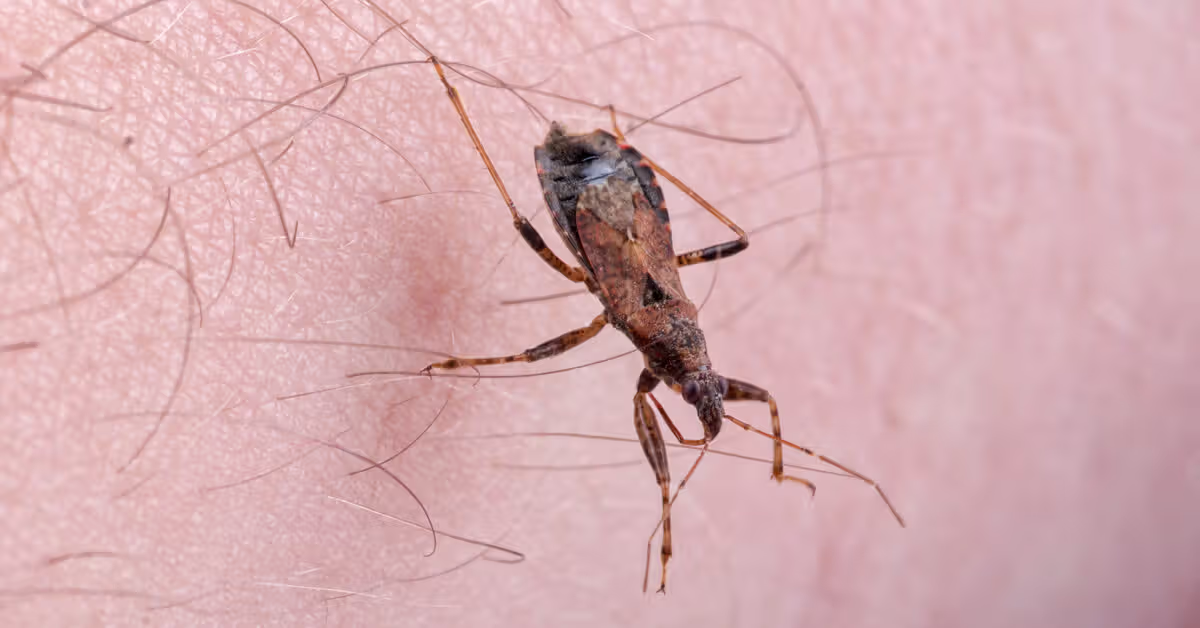


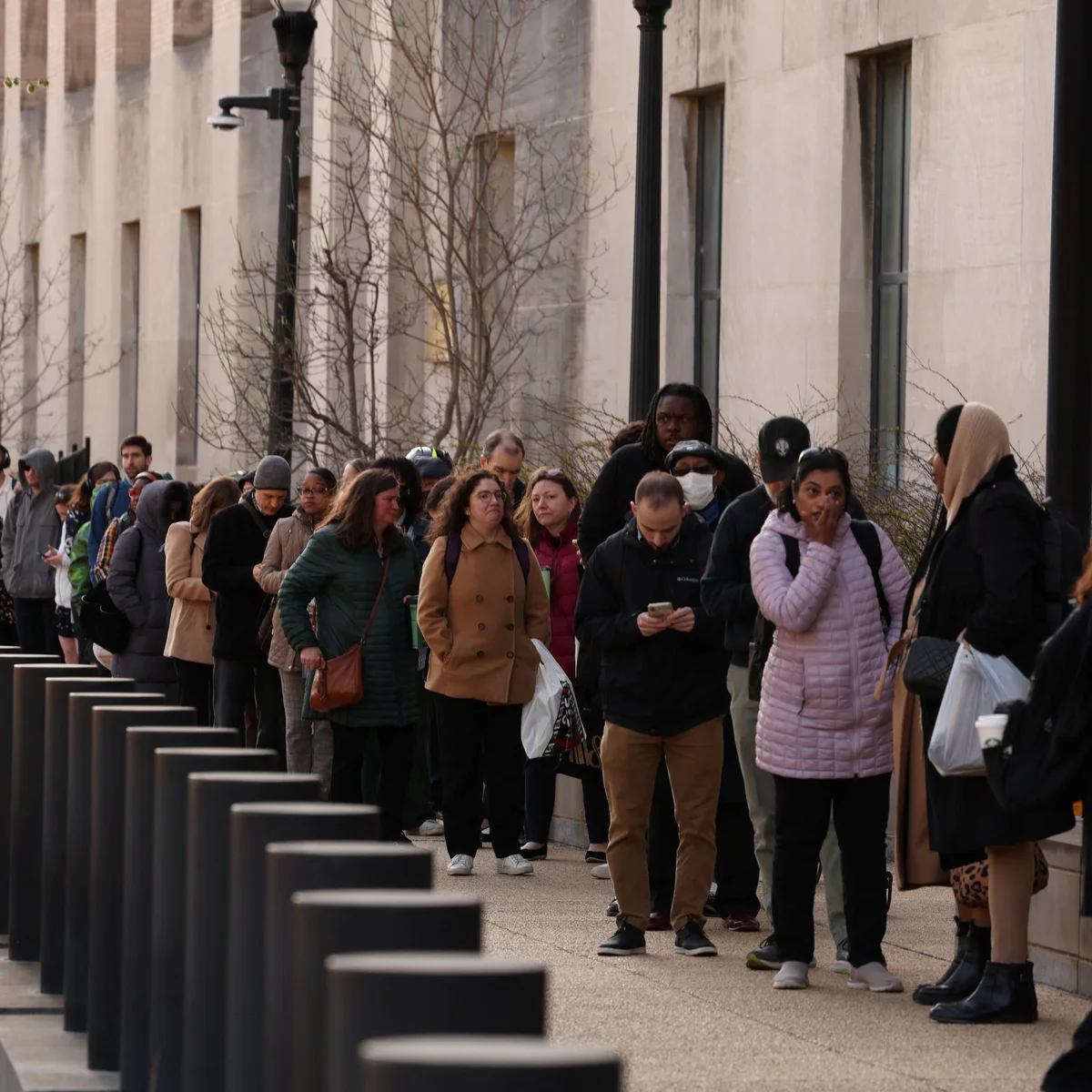
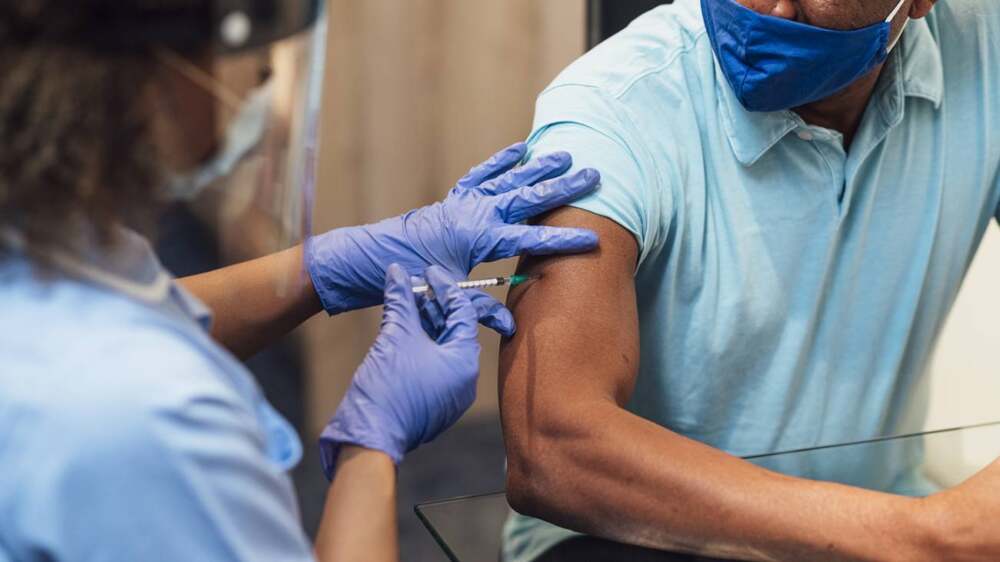
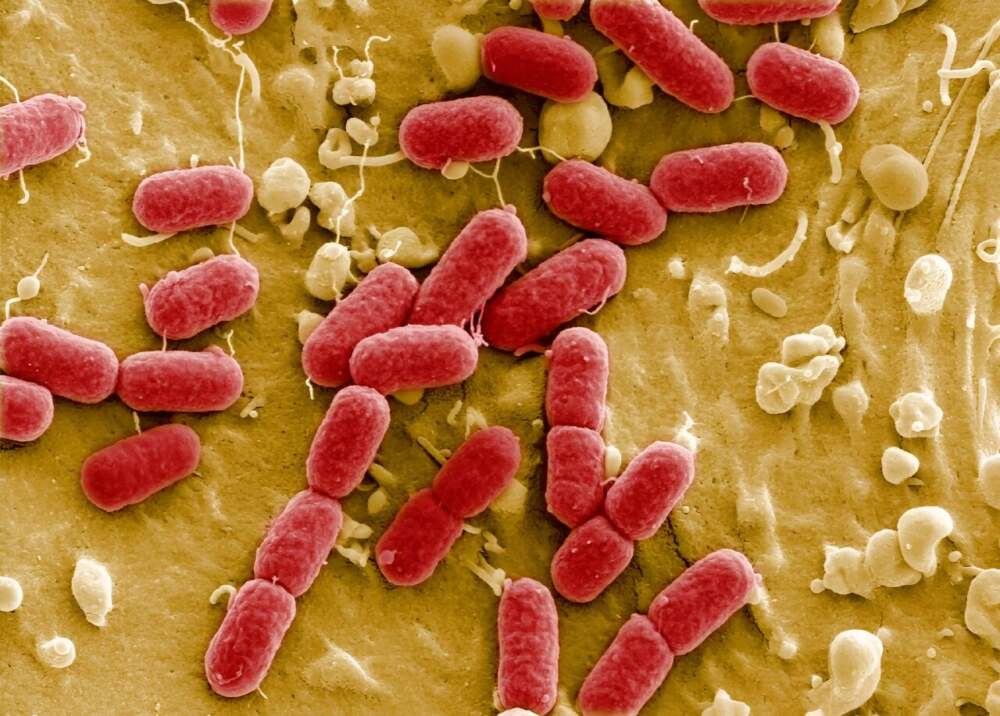
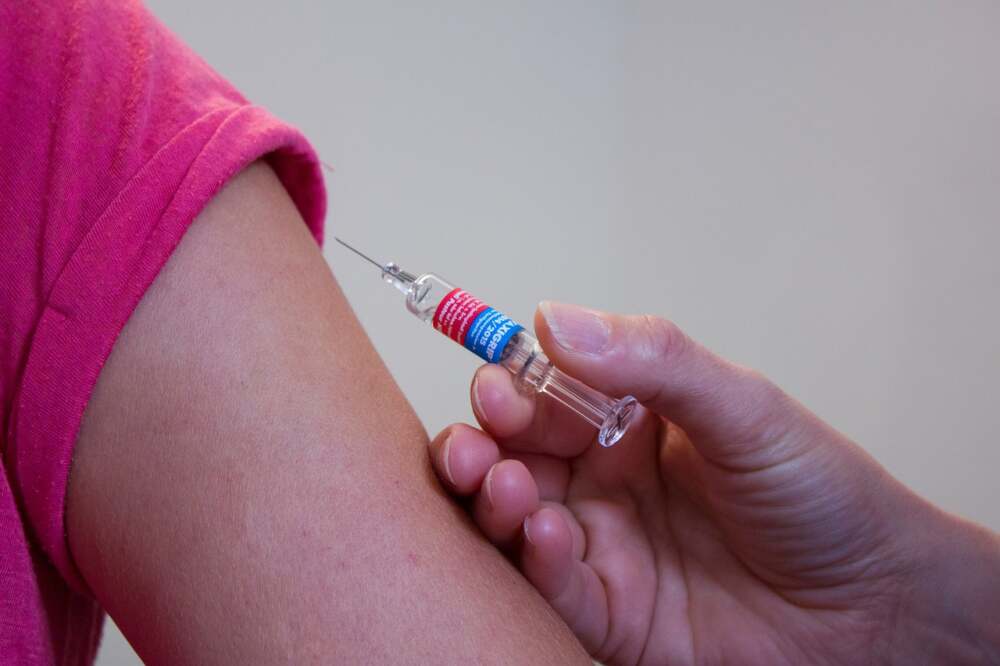



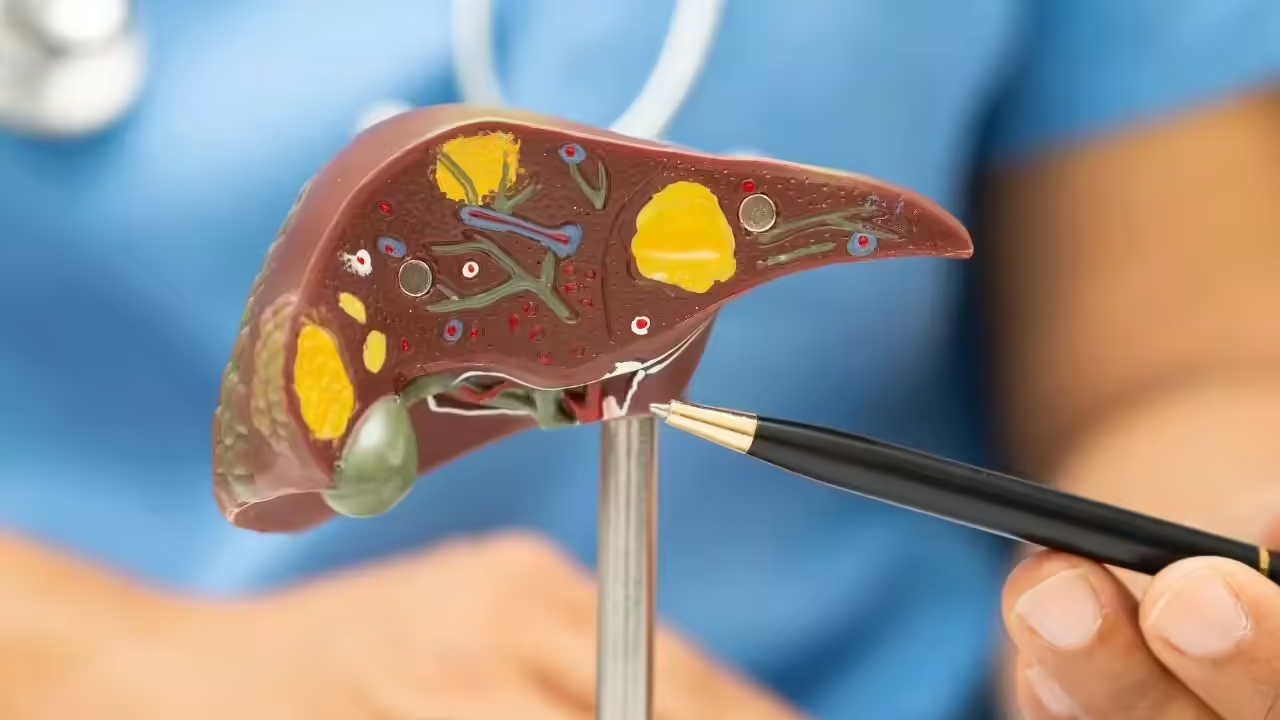




Leave a Reply